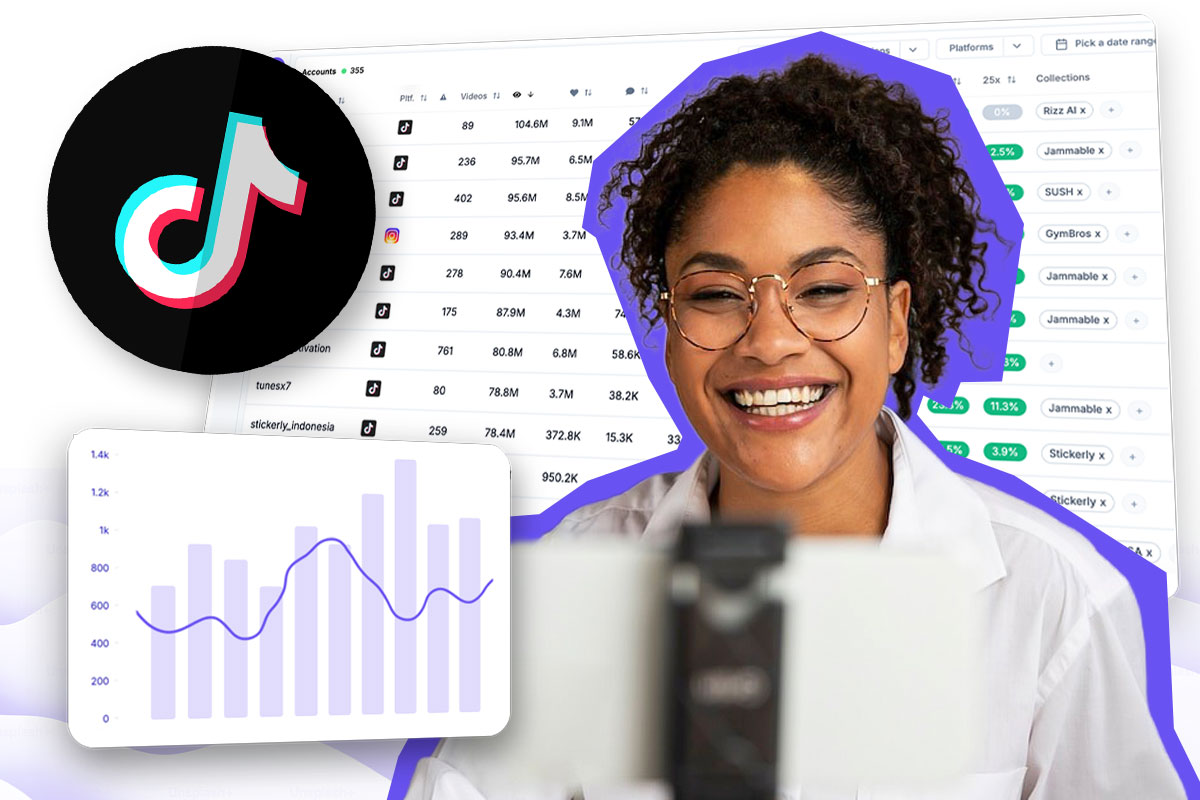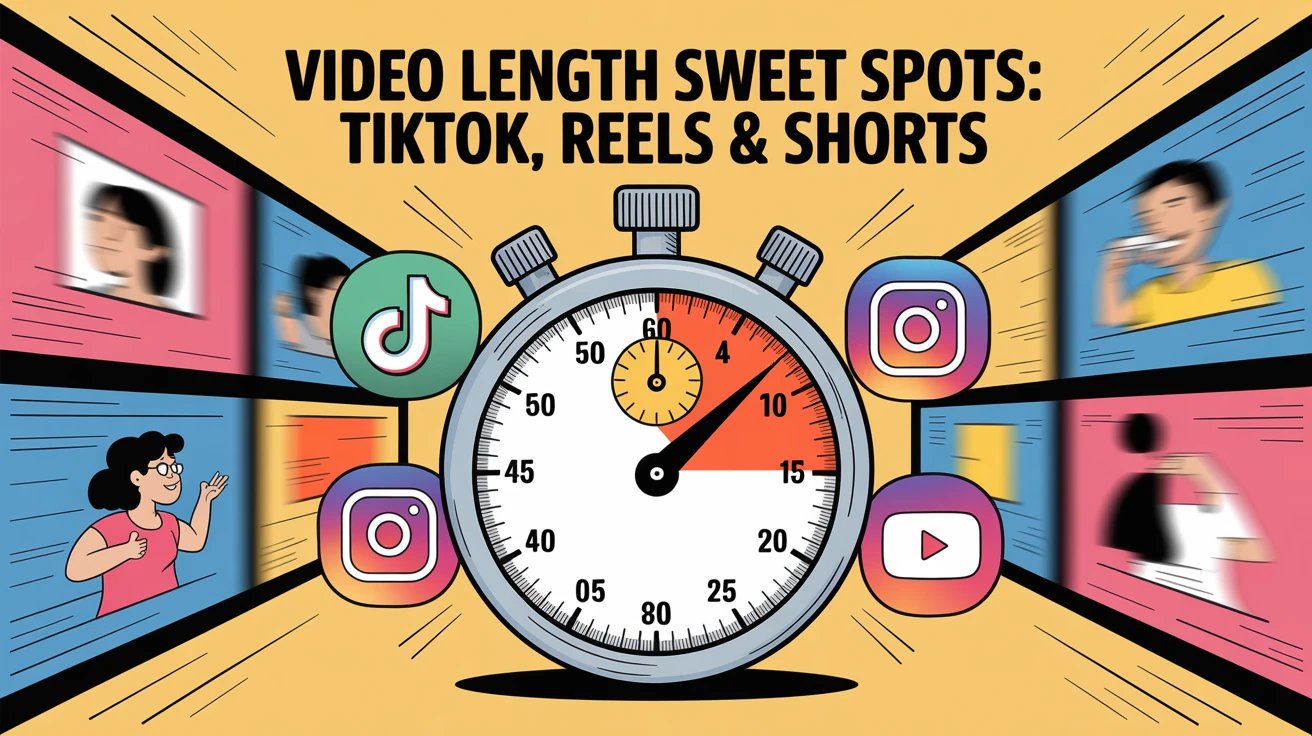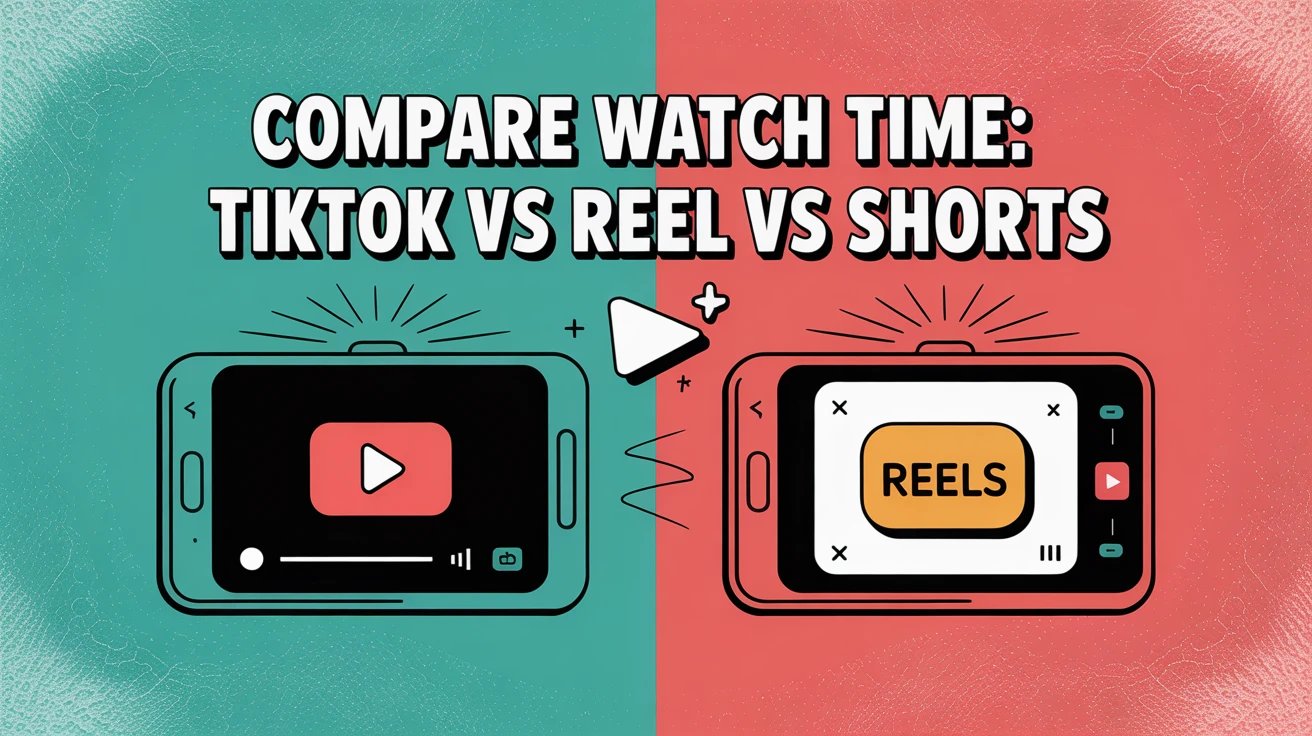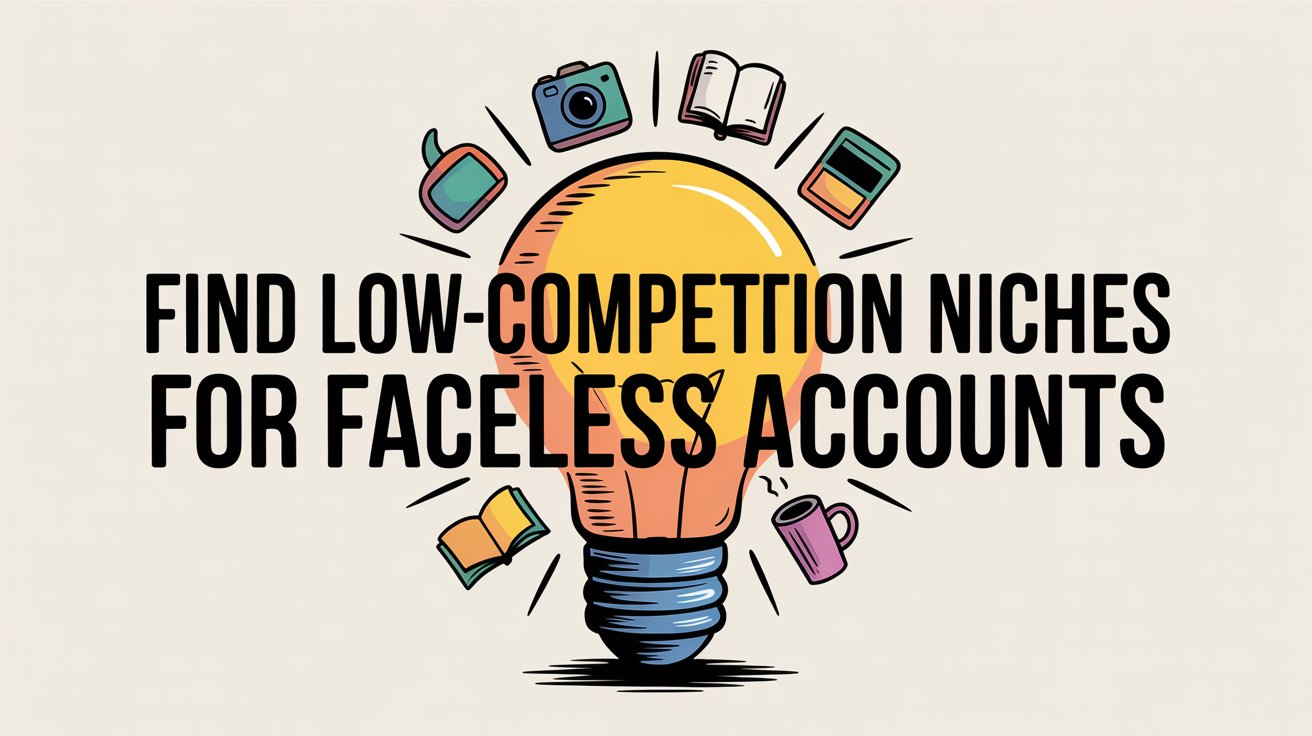TikTok has completely revolutionized how brands connect with audiences, offering a platform for authentic storytelling, viral trends, and unparalleled reach. Collaborating with TikTok influencers is now a cornerstone of many marketing strategies, but measuring the return on investment (ROI) of these partnerships goes far beyond tracking likes and views. To truly understand the impact of TikTok influencer campaigns, brands need to adopt a data-driven approach to analyze TikTok account data and evaluate performance across multiple metrics.
In this blog, we’ll explore how to analyze TikTok influencer partnerships effectively, focusing on metrics that provide meaningful insights into ROI beyond surface-level engagement.
The Dynamic Nature of TikTok Metrics
TikTok’s algorithm prioritizes engagement and content relevance, making it a unique platform for influencer marketing. Traditional metrics like likes and views provide a glimpse into the campaign’s performance, but they don’t paint the full picture. Likes may indicate popularity, but they don’t reveal how an audience perceives the brand, engages with the message, or converts into customers.
To analyze and maximize ROI effectively, brands need to consider metrics that reflect audience engagement, brand perception, and tangible business outcomes.
Key Metrics for Analyzing TikTok Influencer Partnerships
a. Engagement Rate
Engagement rate is a critical indicator of how well an influencer’s content resonates with their audience. It encompasses likes, comments, shares, and saves. A higher engagement rate often signals that the content is relevant and compelling, but it’s important to go deeper.
How to calculate

What to look for
- Compare the influencer’s engagement rate to industry benchmarks.
- Focus on comments and shares, as they often indicate meaningful interactions.
b. Audience Demographics
Understanding an influencer’s audience demographics is essential for evaluating whether the partnership aligns with your target market. TikTok’s analytics tools provide data on audience age, gender, location, and interests.
Why it matters
- An influencer’s audience might not match your brand’s customer profile, limiting the campaign’s effectiveness.
- Analyze the overlap between the influencer’s audience and your ideal customer persona.
c. Click-Through Rate (CTR)
CTR measures how effectively the influencer drives traffic to your website, product page, or landing page via links in their bio or sponsored content.
How to calculate

What to look for
- High CTRs indicate the content effectively encourages viewers to take action.
- Track performance across different influencers to identify which messaging styles work best.
d. Conversion Rate
Ultimately, the success of an influencer campaign often hinges on its ability to drive conversions, whether that’s sales, sign-ups, or downloads.
How to measure
- Use unique discount codes, affiliate links, or UTM parameters to track conversions directly attributable to the campaign.
What to analyze
- Compare the influencer’s conversion rate to the cost of the campaign.
- Identify trends in which types of content or influencers drive the most conversions.
Leveraging Tools for TikTok Campaign Analysis
a. TikTok Creator Marketplace (TCM)
The TikTok Creator Marketplace provides performance data for influencers, including their engagement rates, audience demographics, and content performance. Use this tool to vet potential partners and track campaign results.
b. Google Analytics
Integrating UTM parameters in TikTok campaigns allows you to track traffic and conversions from influencer partnerships in Google Analytics. This helps you measure the direct impact on your website or e-commerce platform.
c. Third-Party Tools
Platforms like HypeAuditor, Shortimize, and Sprout Social offer advanced analytics for tracking influencer performance across TikTok. These tools can provide deeper insights into engagement trends, audience authenticity, and campaign ROI.
How to Evaluate ROI Beyond Surface Metrics
While likes and views offer a baseline understanding of reach, they don’t translate directly into business outcomes. To track ROI comprehensively, consider these strategies:
a. Focus on Sales and Revenue Impact
Sales-driven campaigns should be evaluated based on revenue generated through influencer partnerships. Assign unique discount codes or affiliate links to influencers to attribute sales directly to their efforts.
Example
If an influencer campaign costs $10,000 and generates $30,000 in sales, the ROI can be calculated as:
b. Track Brand Lift
Brand lift measures the increase in brand awareness, perception, or purchase intent following a campaign. Use surveys or sentiment analysis to gauge how the campaign influences audience perception of your brand.
c. Monitor Long-Term Effects
Influencer campaigns can have long-term benefits, such as increased brand visibility and follower growth. Analyze follower trends and engagement rates over time to understand the residual impact of your partnerships.
Common Challenges in Analyzing TikTok Influencer Campaigns
Overlooking Audience Authenticity
Fake followers and bots can skew metrics. Use tools like HypeAuditor to assess the authenticity of an influencer’s audience before collaborating.
Relying Solely on Vanity Metrics
Likes and views are easy to measure but don’t necessarily correlate with business outcomes. Always pair these metrics with deeper analysis, such as CTR, conversion rates, and brand sentiment.
Neglecting Alignment with Brand Values
An influencer with high engagement might not align with your brand’s values or audience. Ensure that the partnership feels authentic and reinforces your brand image.
Best Practices for Optimizing TikTok Influencer Campaigns
- Set Clear Objectives
Define what success looks like before launching a campaign. Whether your goal is to drive sales, increase brand awareness, or boost website traffic, clear objectives guide your analysis.
- Choose the Right Influencers
Vet influencers based on their audience demographics, engagement rates, and content style. Look for creators whose audiences align with your target market.
- Test and Iterate
Experiment with different types of content, calls to action, and influencer tiers (macro vs. micro-influencers). Use A/B testing to refine your approach and identify what drives the best results.
- Analyze Holistically
Evaluate influencer partnerships as part of your broader marketing strategy. Consider how TikTok campaigns contribute to overall brand growth, customer acquisition, and retention.
Case Study: A TikTok Influencer Campaign in Action
For instance, let’s imagine that there is a beauty company that collaborated with mid-tier TikTok influencers to promote a new skincare product.
Strategy: Influencers created authentic videos showcasing the product’s benefits, accompanied by unique discount codes.
Results:
- Engagement rate: 12% (above industry average)
- CTR: 8%, driving 15,000 visitors to the website
- Conversions: 2,500 units sold, generating $75,000 in revenue
Analysis: By analyzing engagement rates, CTR, and conversions, the brand identified the most effective influencers and content styles. This data informed future campaigns, maximizing ROI.
Conclusion
Tracking ROI from TikTok influencer partnerships requires looking beyond likes and views to uncover deeper insights into audience behavior and business outcomes. By focusing on engagement rates, audience demographics, CTR, conversion rates, and brand lift, brands can gain a holistic understanding of campaign performance.
Combining TikTok’s native analytics tools with third-party platforms ensures a comprehensive analysis, helping brands optimize their influencer strategies for long-term success.



